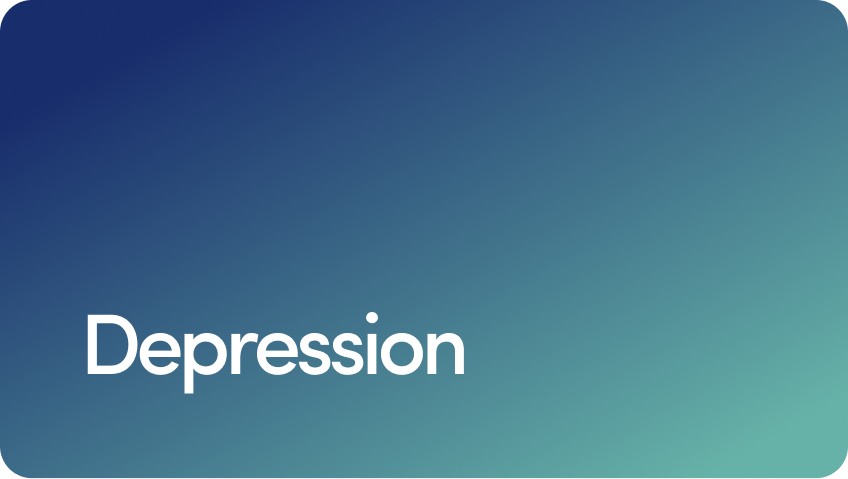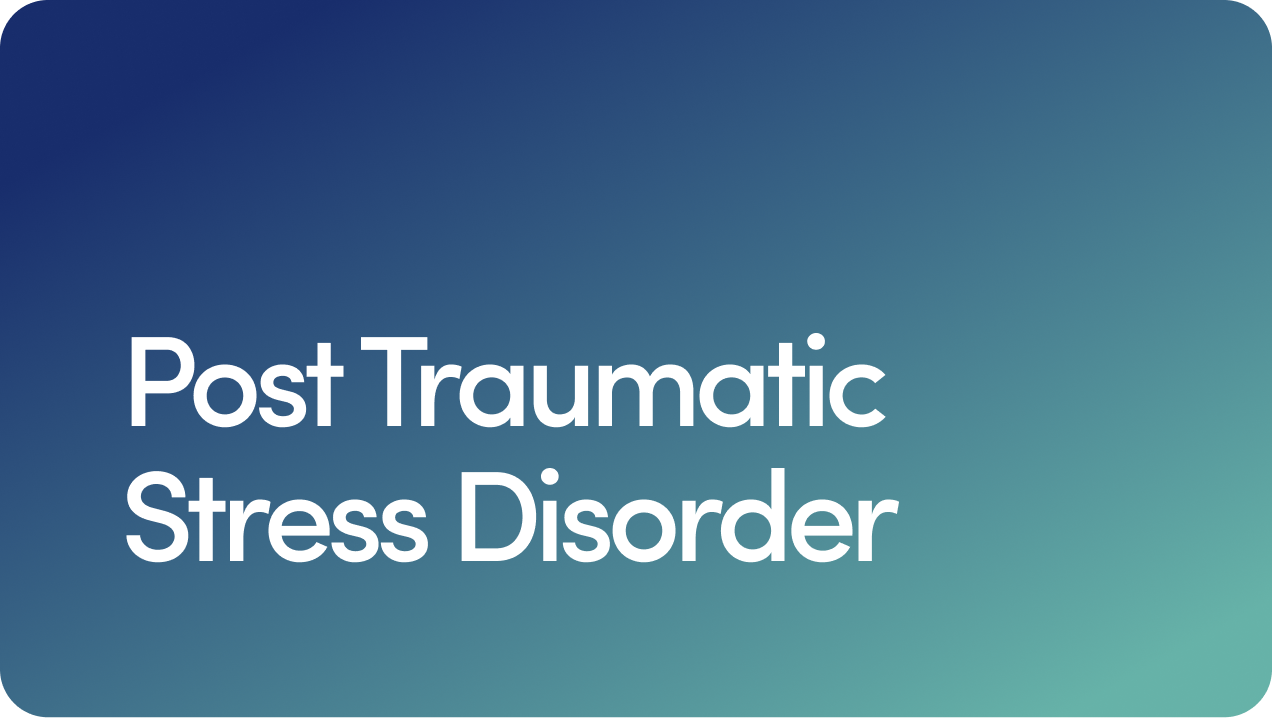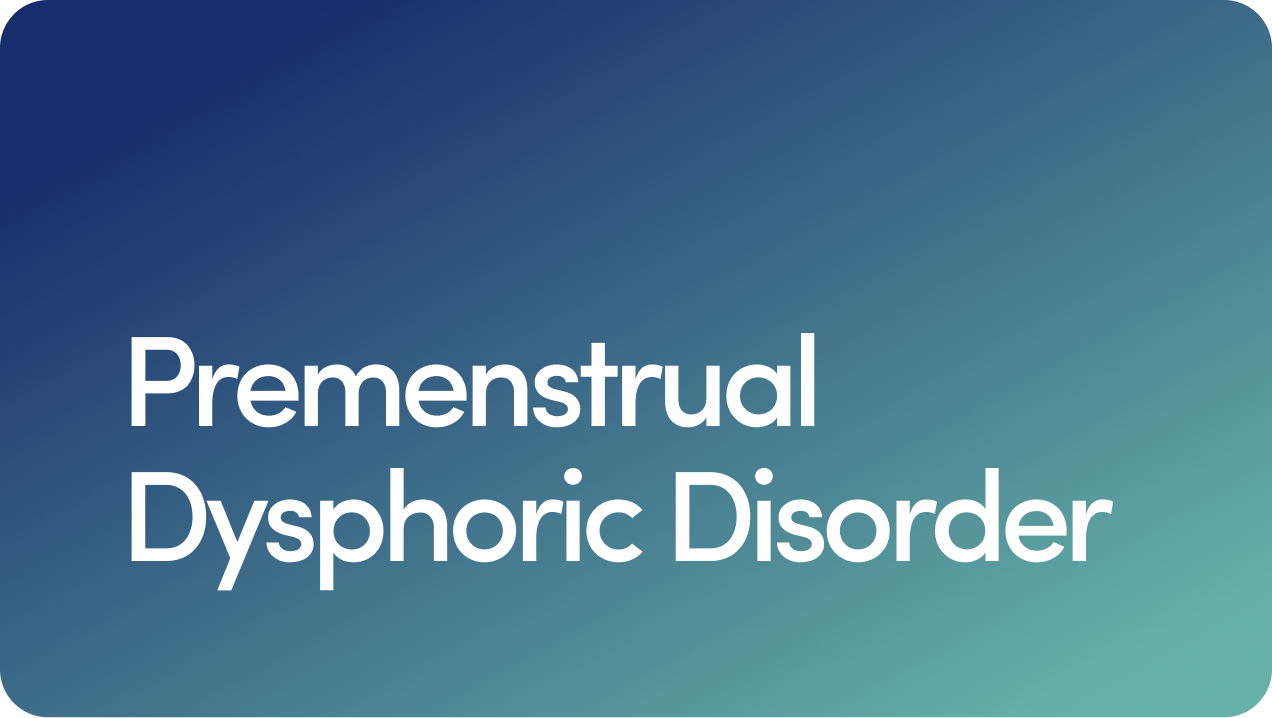Content
Free Mental Health Assessment
A Guide to Perinatal Mood Disorders

Reviewed by Katelyn Hagerty, FNP
Written by Geoffrey C. Whittaker
Published 10/11/2022
Updated 10/12/2022
Motherhood is never easy on anyone, and while the morning sickness and post-birth recovery are the most obvious physical examples of the toll your first year of motherhood can take, perinatal mood disorders are the equally miserable mental health issues that can often come along for the ride.
Whether you’re currently struggling with mental health as a new mom, feeling overwhelmed as an expecting mom or just a parent or spouse standing by, watching a mom with the so-called “baby blues” struggle, you probably have many questions about how best to help the situation.
Understanding these perinatal mood disorders is how you alleviate the symptoms.
Whether you’re off to help someone else or yourself, we’ll start by saying that this is a common, frequent experience for moms — and it’s not a mom’s fault if she finds herself struggling.
Now that you know the first- and second-most important facts about perinatal mood disorders, let’s talk about the other stuff that can help you understand and overcome these mental health issues and get back to enjoying those early childhood experiences.
Content
What Are Perinatal Mood Disorders?
Perinatal mood disorders are actually half of a group of mental health issues that can affect women during and after pregnancy. This group is called Perinatal Mood and Anxiety Disorders, often referred to as PMADS.
These PMADs can include perinatal anxiety, depression and other issues, but their unifying characteristic is that they happen either during pregnancy or immediately after, in the newborn and infant periods of a mom’s parenting life.
They’re fairly common — some estimates put the portion of women that experience them at one in five — roughly 20 percent of moms.
And yet, for some reason, these conditions are still fairly misunderstood and highly stigmatized by society. It’s a problem that needs to be dealt with so that women can feel more comfortable asking for — and getting — the help they need.
And one of the best ways to destigmatize is to educate… so read on.
The Types of Perinatal Mood Disorder
While there are a variety of mood and anxiety disorders associated with the perinatal period (obsessive-compulsive disorder [OCD], post-traumatic stress disorder [PTSD], generalized anxiety disorder [GAD] and panic disorder are all part of the group), there are typically only two mood disorders associated with the perinatal period.
Both of these disorders are forms of depressive disorders that can affect pregnant women and postpartum women, specifically prenatal and postpartum depression.
Prenatal depression and postpartum depression are serious conditions because, unconfronted, they can together occupy two sides of a very specific segment of a mother’s life: their pregnancy, and their first year after giving birth, respectively.
While the window of time for prenatal depression may seem fairly obvious at about nine months, the window for depression in the postpartum period is sometimes misunderstood. Symptoms of postpartum depression can come on as late as a year after giving birth.
That means you might go the length of your pregnancy and months after giving birth before it hits you.
Symptoms of both conditions can include feelings of guilt, worthlessness, emptiness, fatigue, insomnia (even when the baby is sleeping), trouble bonding or forming an emotional attachment, persistent self-doubt in your caretaking abilities and irritability — for good measure, we guess.
To put it simply, perinatal mood disorders are a pretty lame thing to hit an expecting mother or new mom.
So, why does this condition even happen? Well, it’s complicated.
Perinatal mood disorders can potentially be caused by a lot of things, but the one thing they’re not the fault of is the mother in question.
It’s understood that, like other forms of depression, prenatal depression and postpartum depression don’t have single causes, and could be brought on by things like stress, genetics, past traumas — things you really don’t have control over.
They can also be the result of the stress, physical changes and emotional changes brought on by pregnancy and postpartum life.
One indicator that may help predict your individual risk of perinatal mood disorders is a family history of depression. So, if your mother or another family member struggled with perinatal, major depression or bipolar disorder for instance, you may have a higher chance of experiencing perinatal depression yourself.
Likewise, if you’ve experienced depression during a previous pregnancy, your risk factors could be significantly higher than average.
The good thing about perinatal mood disorders (if there is one) is that they are treatable, and that the benefits of getting treatment are worth twice the points, because they’re good for your health and your baby’s health.
Treatment typically follows one of three common courses used in the treatment of depression: therapy, medication and lifestyle changes.
Now, your lifestyle as a mom is already under enough scrutiny, so while we could talk about the benefits of eating well, getting exercise and taking in a full night’s sleep, we suspect you’ve heard that a million times — maybe even from us — and so we’ll spare you the details.
As for therapy, it does consume some precious time, but therapy is a great avenue for learning to control those unhealthy patterns of thought (the self-doubt, the fears about your caretaking abilities) and working through communication issues that may be making it difficult to feel like you’re getting help in any relationships in your life.
Cognitive behavioral therapy (CBT), for instance, is great for people who struggle with PMAD symptoms (including anxiety), but it can certainly help people experiencing feelings of hopelessness and other depressive thoughts, as well.
As for medication, it’s important to consider medication on a case-by-case basis. Research has connected antidepressants taken by the mother with risks to their embryo, fetus or infant, and while some of those risks may not outweigh a mother’s need for mental health care, they should nevertheless be discussed with a healthcare provider.
And that, as you might have guessed, brings us to our final recommendation: get some help!
Postpartum mood disorders and the depressive symptoms they bring are easy to brush off as the result of a chaotic change and the burden of more daily tasks, but the common symptoms and feelings of depression during this time aren’t something you should ignore or brush off as normal adjustment issues.
The easiest thing to do is nothing. It’s also the worst thing you can do for your mental illness, whether you’re expecting, have just given birth or are just a great cat mom. It doesn’t matter what you are or who you have to love: you deserve help if you need it.
And getting help is easier than you think. A good healthcare provider isn’t there to judge, but to help you navigate the right treatment journey for your unique needs.
If you’re not sure where to find one, are overwhelmed by the thought of searching or are too exhausted to commute to appointments, consider our online therapy platform and online resources for support — where you can be connected with a mental health professional that you feel comfortable with.
Whether your journey continues with us or elsewhere, don’t neglect taking that first step. You’re taking it for two, after all.
3 Sources
Hims & Hers has strict sourcing guidelines to ensure our content is accurate and current. We rely on peer-reviewed studies, academic research institutions, and medical associations. We strive to use primary sources and refrain from using tertiary references.
- U.S. Department of Health and Human Services. (n.d.). Perinatal depression. National Institute of Mental Health. Retrieved December 6, 2021, from https://www.nimh.nih.gov/health/publications/perinatal-depression.
- Perinatal mood disorders. Perinatal Mood Disorders | Anxiety and Depression Association of America, ADAA. (n.d.). Retrieved August 30, 2022, from https://adaa.org/find-help-for/women/perinatalmoodisorders.
- Sussex Publishers. (n.d.). How to help women with perinatal mood and anxiety disorders. Psychology Today. Retrieved August 30, 2022, from https://www.psychologytoday.com/us/blog/women-s-mental-health-matters/201509/how-help-women-perinatal-mood-and-anxiety-disorders.
This article is for informational purposes only and does not constitute medical advice. The information contained herein is not a substitute for and should never be relied upon for professional medical advice. Always talk to your doctor about the risks and benefits of any treatment. Learn more about our editorial standards here.
Related Conditions
 Anxiety
Anxiety
 Depression
Depression
 OCD
OCD
 PTSD
PTSD
 Bipolar Disorder
Bipolar Disorder
 Premenstrual Dysphoric Disorder
Premenstrual Dysphoric Disorder